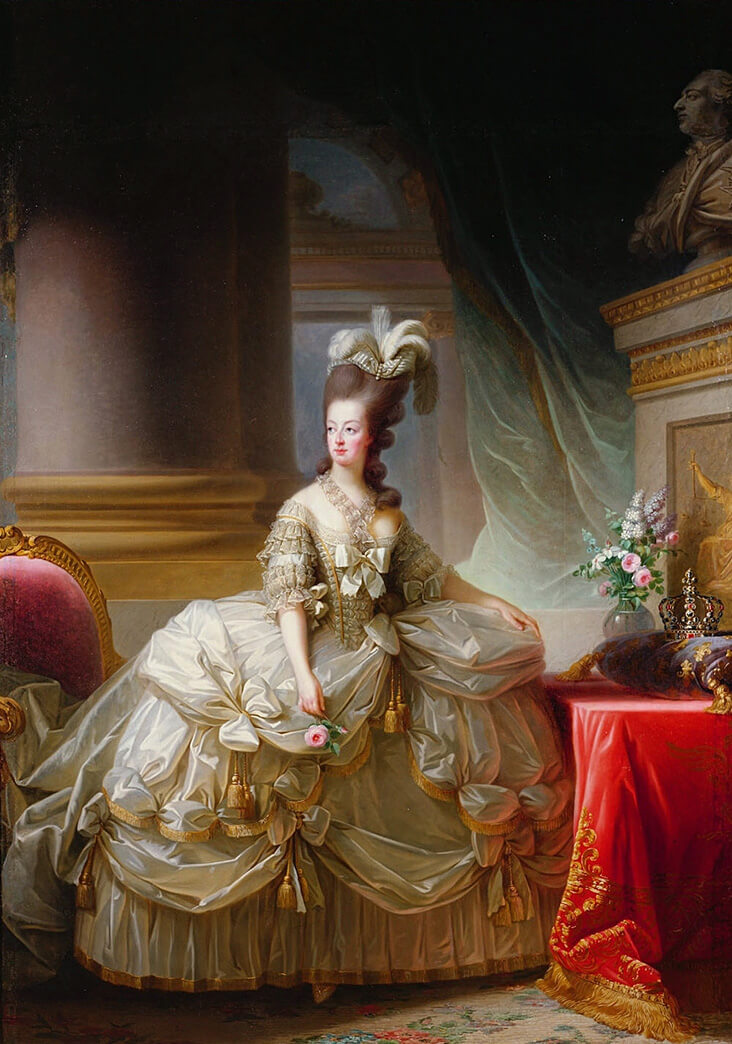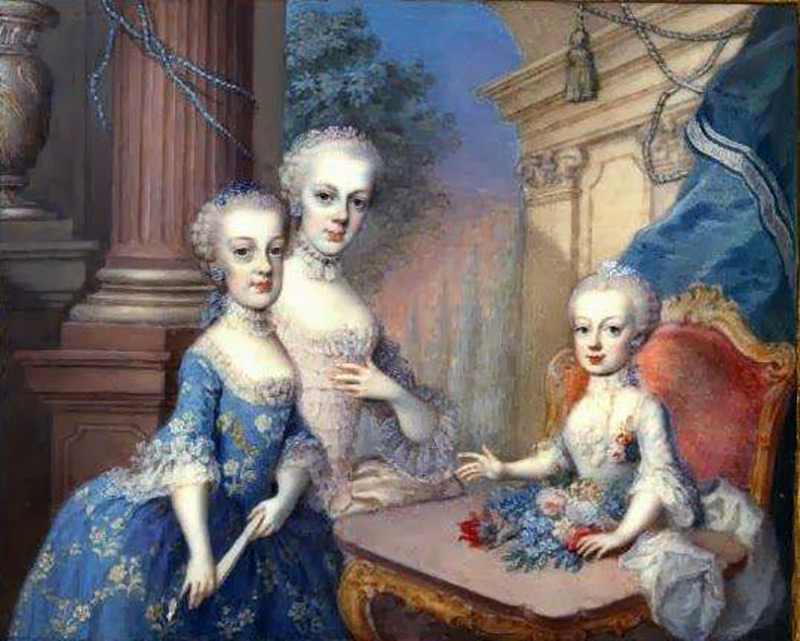The Opulent World of Rococo Fashion: A Historical Exploration
The Rococo period, flourishing from the 1730s to the 1760s, was an artistic and cultural movement that originated in France. It is characterized by its flamboyant style, elaborate decorations, and a sense of sensuality, combining elements of beauty, elegance, and charm. Fashion during the Rococo era was a vivid expression of this aesthetic, highlighting ornate garments that were elaborately designed and tailored.

Marie Antoinette epitomizing Rococo fashion.
Source: the thread
Central to understanding Rococo fashion is examining its key figures, notably Marie Antoinette, whose style profoundly influenced fashion trends. Antoinette favored luxurious fabrics, vibrant colors, and extravagant accessories, showcasing a preference for femininity and extravagance that defined the era. Her gowns featured intricate embroidery, lace, and decorations, exemplifying the Rococo flair for excess.

An example of Rococo clothing, reflecting the era’s intricate designs.
Source: Ann.tique
Rococo fashion often included lavish dresses consisting of fitted bodices and flared skirts adorned with ruffles and bows. The dress style known as the ‘robe à la française’ became increasingly popular, characterized by its flowing back and elaborate decorations. Accessories played a vital role, with lavish hats, fans, and gloves becoming essential elements of the Rococo wardrobe.

The elegance of Rococo fashion captured in an artistic depiction.
Source: Timeless Fashion Hub
The Rococo style diverged significantly from the austere and structured designs of the previous Baroque period, embracing a more playful and lighthearted approach. Fashion designers and tailors adapted to this change by experimenting with lighter materials and less rigid silhouettes, resulting in clothing that allowed for greater freedom of movement.

Understanding Rococo style through terminology.
Source: Epochs of Fashion
As the Rococo style evolved, the fashion became increasingly intricately layered. Women’s garments often included multiple parts: the gown, petticoats, and a variety of underskirts, all contributing to the voluminous look. Similarly, men’s fashion also underwent transformation; breeches paired with waistcoats adorned with luxurious fabrics became the norm, emphasizing sophistication and social standing.

An artwork showcasing the elegance of Rococo fashion and influences on style.
Source: The Pragmatic Costumer
The craftsmanship of Rococo garments reflects the era’s emphasis on detail and quality. Tailors and dressmakers were highly regarded, and the process often involved elaborate sewing techniques that added layers of complexity to each piece. This focus on craftsmanship helped ensure that Rococo fashion set standards that would influence future styles, echoing into modern fashion.

Modern fashion drawing on Rococo influences as seen on the runway.
Source: WWD
Today, the Rococo style continues to inspire fashion designers who imbue their collections with the same lavishness and romanticism that characterized the 18th century. Its legacy can be seen not only in historical reenactments and costume design but also in contemporary fashion that seeks to evoke the grandeur of this vibrant period.

Modern interpretations of Rococo fashion aesthetics in contemporary design.
Source: style.techinfus.com
In conclusion, the Rococo period was marked by a unique approach to fashion, art, and culture, and its opulence set high standards for aesthetic value that still resonate today. The flamboyance of Rococo clothing not only defined a historical epoch but also laid the groundwork for future generations of fashion enthusiasts.